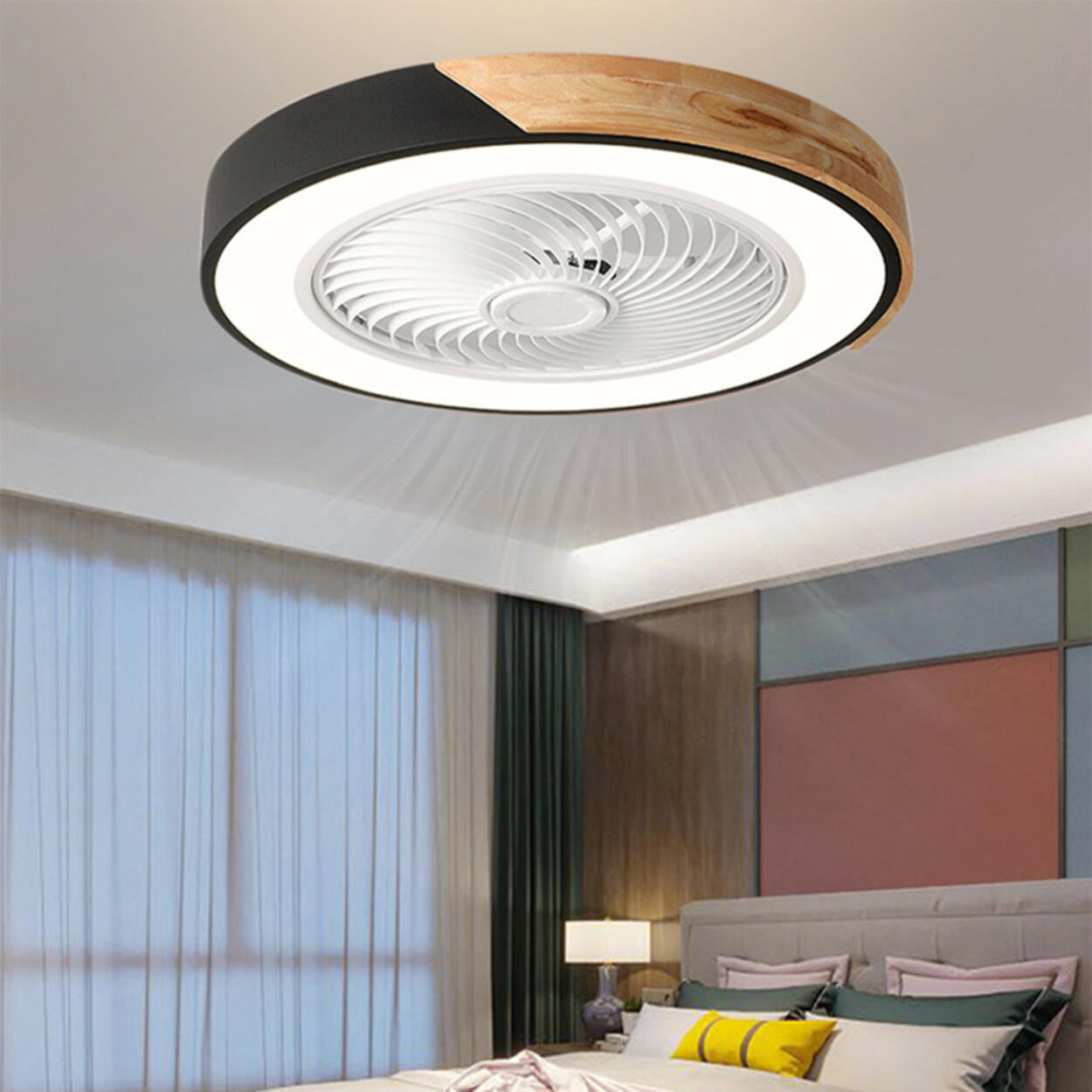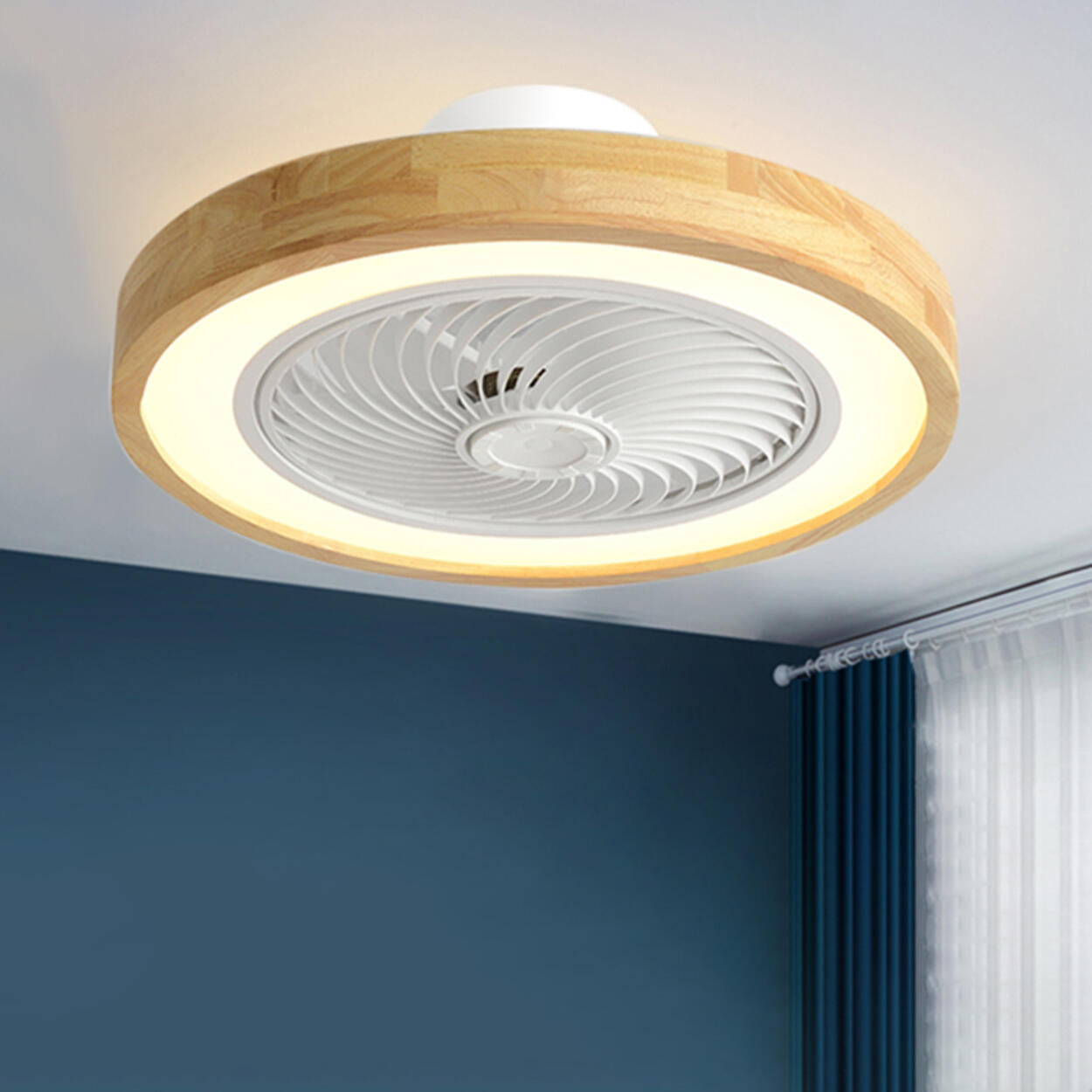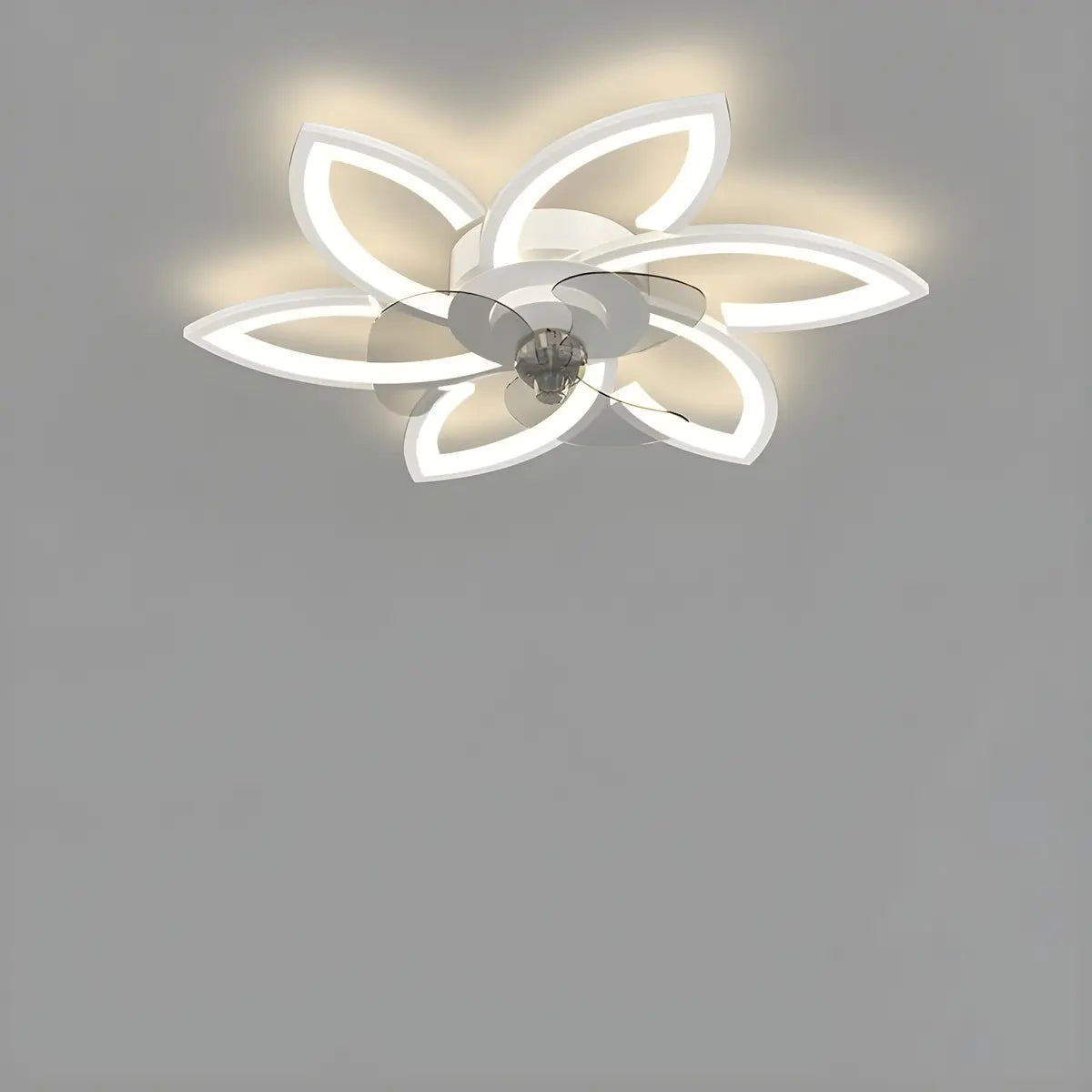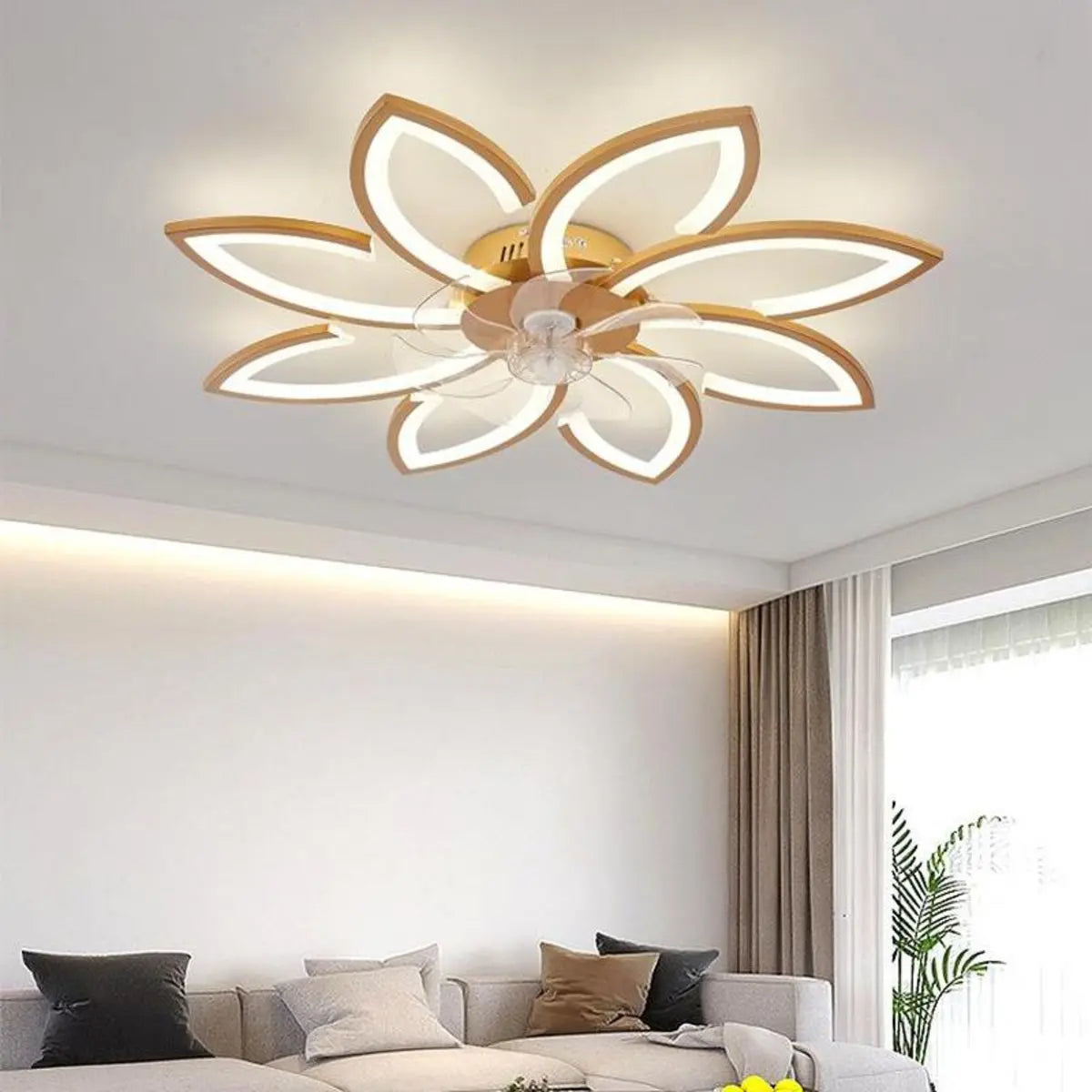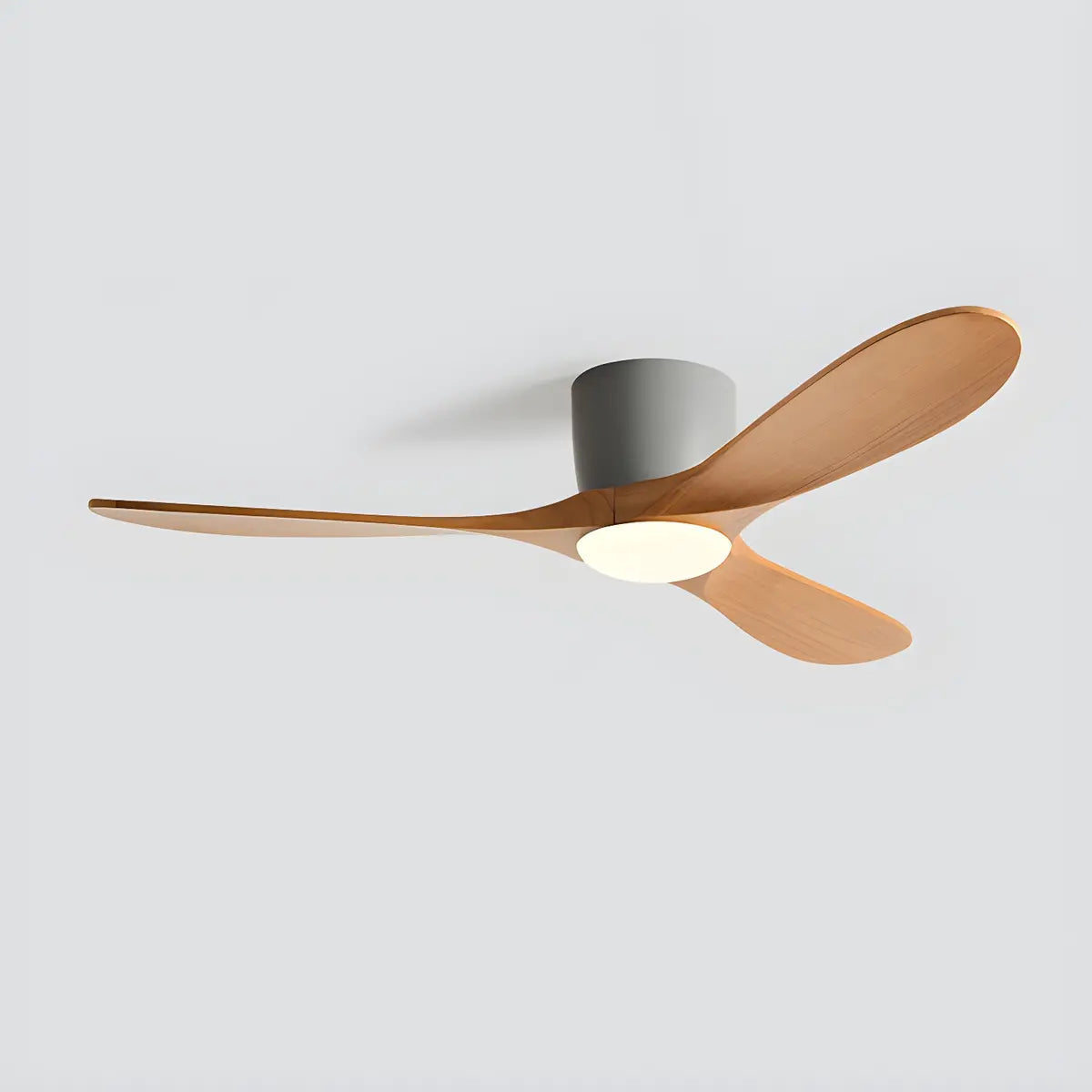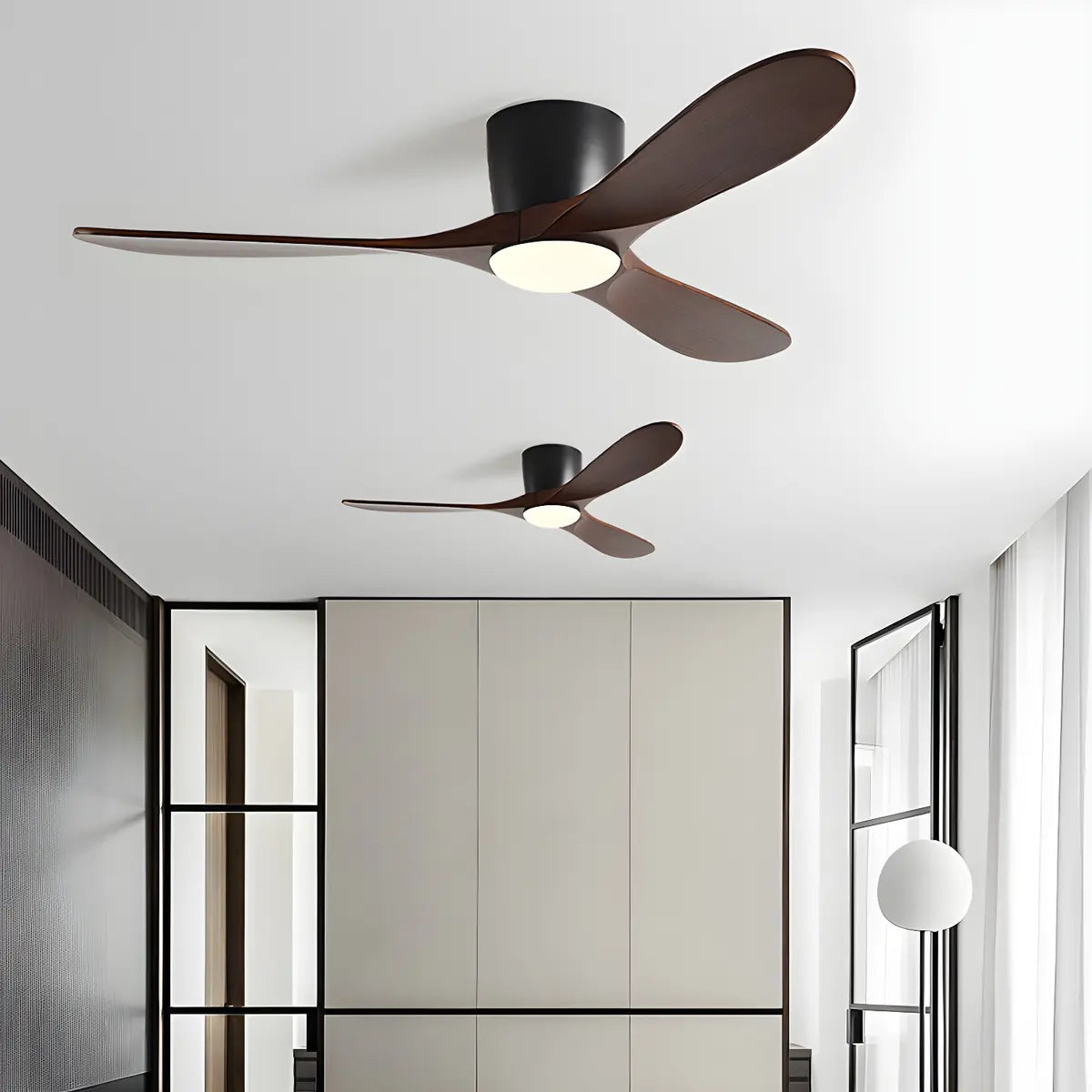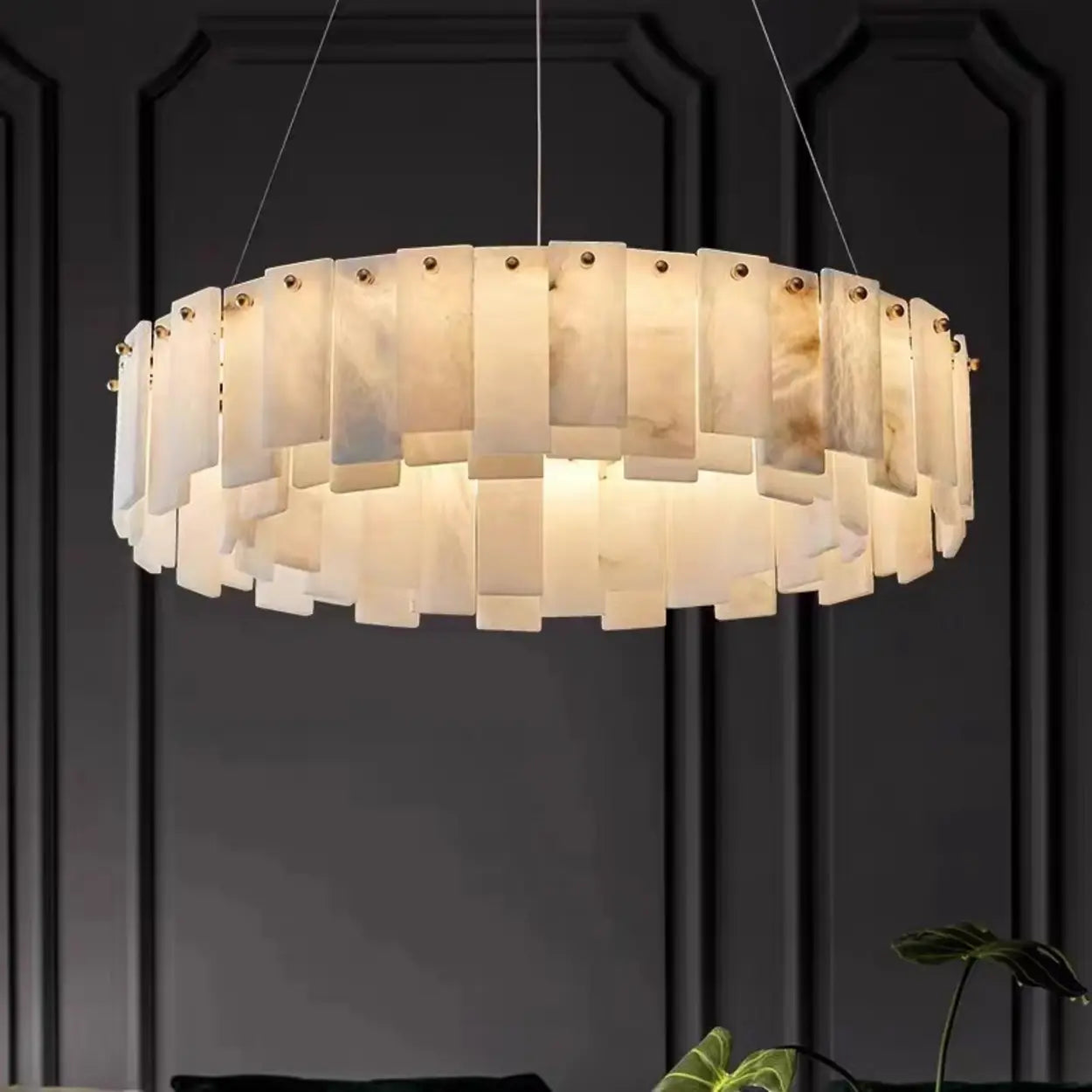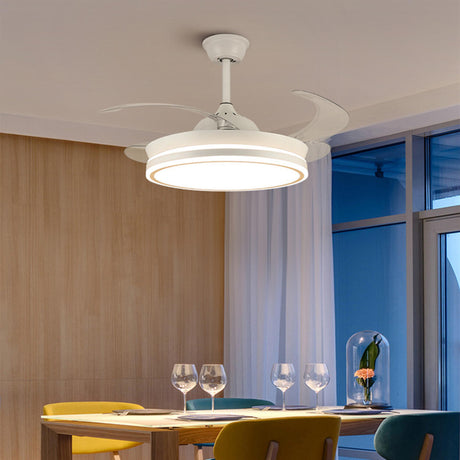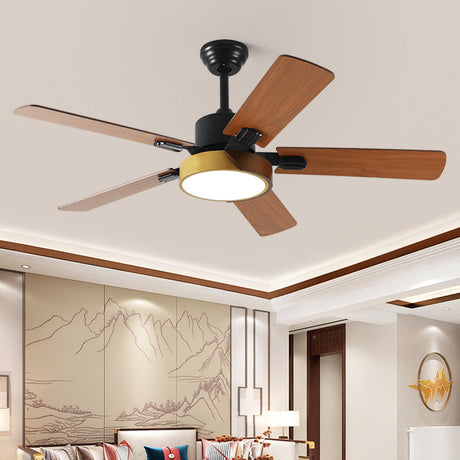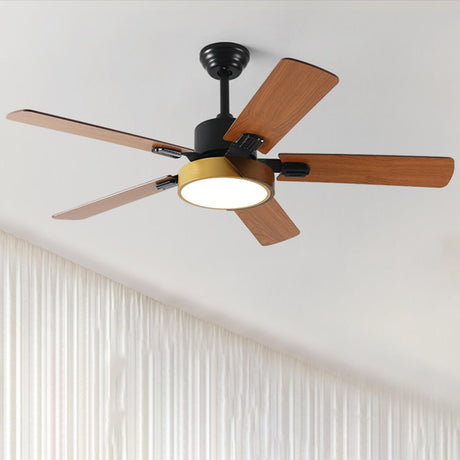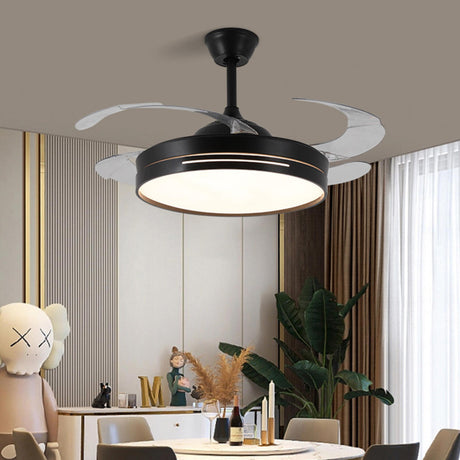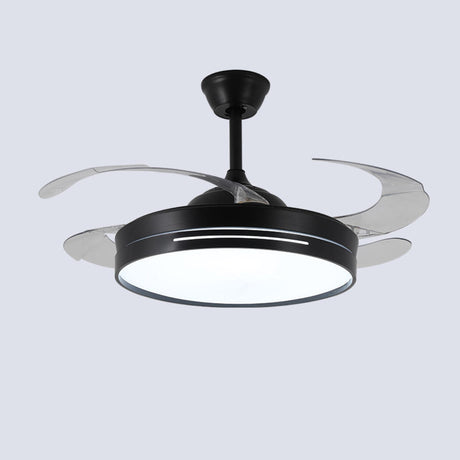When choosing a ceiling fan, many people focus on the fan's appearance, wind speed, or lighting function, but often overlook a key detail - downrod length. If you have ever felt that the fan cannot blow, the wind is too strong, or you always feel something is wrong after installation, it is likely that the downrod length was not selected correctly.
This article will show you how to choose the right ceiling fan downrod length according to the ceiling height and how to adjust it in special spaces. Mastering these key points can help you avoid common misunderstandings, choose the right one at a time, install it more safely, and use it more comfortably.
Table of Contents
Ceiling Fan Downrod Length Calculator
Recommended Downrod Length
• Fan should be 8-12 inches away from ceiling
• Ensure adequate clearance from walls and obstacles
Simple calculation formula
Downrod length = ceiling height - ideal ceiling fan height from the ground
The ideal fan height from the ground is generally recommended to be between 7 and 9 feet. This height can take into account both the wind effect and safety.
If your home has a low ceiling, the fan must not be lower than 7 feet from the ground as a hard standard; if the ceiling is higher than 9 feet, you can slightly adjust the fan height from the ground and choose a configuration with stronger wind power.
Example: assuming your home has a 10-foot ceiling height:
Downrod length = 10 feet (ceiling height) - 8 feet (ideal fan height from the ground) = 2 feet (24 inches)
Then you should choose a 24-inch rod so that the fan can be hung in the right position and achieve the best wind effect.
Calculator operation way
1. Enter the ceiling height.
2. Select the ideal fan height from the ground (default is between 7-9 feet, can also be customized).
3. Click "Calculate" and output the recommended downrod length.
Basic Knowledge of the Ceiling Fan Downrod

If you want to choose the right ceiling fan rod, you must first understand some basic concepts. Many people tend to ignore these details when purchasing, and end up finding out that they are not suitable after they get home. As long as you master the basic knowledge of the rod, it will be much easier to choose.
What is a ceiling fan downrod?
To put it simply, the downrod is the "connecting rod" that connects the ceiling and the ceiling fan. You can think of it as the "neck" of the ceiling fan - without it, the ceiling fan can only rotate close to the ceiling, which is neither safe nor beautiful.
Basic functions of the ceiling fan downrod
- Connect the fan and the ceiling
- Adjust the fan height
- Ensure safety
- Adapt to different ceiling structures
Common ceiling fan downrod types
Short Downrod. The length is generally 3 to 6 inches, well-suited for rooms with low ceilings.
Long Downrod. The length starts from 12 inches, and some are even longer, ideal for high-rise or sloping ceilings.
Adjustable Downrod. The length can be flexibly adjusted, ideal for various floor heights and space requirements.
Impact of ceiling fan downrod length on performance
- If the downrod is too short, the fan will be too close to the ceiling, the wind speed will be limited, the air circulation will be poor, and the fan effect will be discounted.
- If the downrod is too long, the fan may hang too low, affecting the room's activity space and even posing a safety hazard.
- Choosing the right downrod length can allow the fan to blow out comfortable wind while ensuring the safety and beauty of the space
Determining the ceiling fan downrod length by the ceiling height

Ceiling height plays a crucial role in downrod selection. The fan needs to hang low enough to move air effectively, but high enough to stay safe and out of the way. Let's break it down and help you choose with confidence.
Standard ceiling fan downrod lengths
Ceiling fan downrods come in various lengths, typically ranging from 3 to 72 inches. Here's a general guide to choosing the right length based on ceiling height:
| Ceiling Height | Recommended Downrod Length |
| 8 feet | 3-6 inches |
| 9 feet | 6-12 inches |
| 10 feet | 12-18 inches |
| 11 feet | 18-24 inches |
| 12 feet | 24-36 inches |
| 13+ feet | 36-72 inches |
Ceiling fan downrod advice for various ceiling heights
Low ceilings (less than 8 feet)
Low ceilings have limited space, so it is recommended to use short rods or flush mount fans to avoid hanging the fan too low, to prevent it from hitting your head, or affecting the sense of space.
High ceilings (more than 10 feet)
High-rise spaces require longer rods to ensure that the fan is lowered to the appropriate height (usually 7-9 feet above the ground) so that the airflow is smoother and the temperature can be effectively reduced. It is best to choose adjustable rods for high-ceiling spaces to flexibly adjust the length.
Sloped or irregular ceilings
Sloped ceilings usually require specially designed sloping rods, the length of which can be adjusted according to the actual angle to ensure that the fan is hung vertically to ensure safety and beauty.
Safe height and optimal distance
Ceiling fans should be installed at least 7 feet above the floor.
This is the minimum safe distance to ensure that people will not touch the fan blades, and it is also the ideal height for the fan to achieve the best air circulation.
Ceiling fans should be at least 8-12 inches away from the ceiling.
This will prevent the fan blades from being too close to the ceiling, ensuring that the blades can rotate freely and allowing air to circulate better.
Keep enough space between the fan and the wall or other obstacles.
Minimize noise and maintain optimal fan performance.
Ceiling fan downrod selection for special situations
Some spaces are unusual, such as sloping ceilings, high-rise buildings, or those with particularly large fans, so the choice of downrods must be made more carefully.
Sloped ceilings
If you have a sloped ceiling, such as an attic or a living room with a slope, you need to be more careful when choosing a rod to ensure that the ceiling fan hangs firmly and rotates smoothly.
- Use a slope adapter: Most fans can handle slopes up to 30-45°, but you'll need a slope ceiling adapter to install the fan level.
- Choose a longer downrod: To keep the fan at the optimal height (7-9 feet above the floor), you may need a 12-36-inch downrod depending on the slope.
- Brand matching: Using a downrod from the same brand ensures a secure fit and less wobble.
- Consider aesthetics: A slightly longer downrod can make the fan look balanced and stylish in a sloped space.
Large fans or fans with special designs
Large fans (those with blades over 54 inches in diameter) or fans with special designs (such as lights or odd-shaped blades) require special rods to be both useful and beautiful.
- Use longer rods for big fans: Fans over 54 inches wide are ideal for larger rooms and typically need 24-48-inch downrods.
- Mind the weight: Heavier fans (like those with lights or wide blades) need sturdy, compatible downrods-check the fan's manual to be safe.
- Match the style: A chandelier-style fan may look better with a longer rod, while modern fans often suit shorter rods.
- Outdoor tip: For covered patios or porches, 6-12 inch rods keep the airflow comfortable without being too strong.
Indoor multi-story high spaces
In particularly high spaces, such as duplex living rooms, lofts, or open halls, choose a downrod that allows the fan to blow air and also be the "face value" of the room.
- Right height: In tall rooms, the blades should still be 7-9 feet above the floor.
- Airflow matters: A fan hung too high won't circulate air effectively. Make sure it can reach the main living area (like where your sofa is).
- Safety first: Longer rods require stronger support. Ensure your ceiling can hold the fan's weight, or ask a professional to install it.
- Design feature: In tall spaces, a long rod with a large fan can create a striking focal point. Choose a rod color that matches the fan for a clean look.
Conclusion
Don't underestimate a small downrod. It plays a key role in the effect, safety, and aesthetics of the ceiling fan. As long as you figure out the ceiling height and room structure, and then choose the length based on the suggestions in this article, you can easily avoid pitfalls. Whether it is a flat roof, sloping roof, high-rise space, or a large ceiling fan with a light, as long as you take it step by step, you can find the most suitable downrod length.
FAQs
Do ceiling fans have to use downrods?
Do ceiling fans have to use downrods?
Not all ceiling fans have to use downrods. If your home has a low ceiling, you can choose a ceiling-mounted fan that installs close to the ceiling. For high ceilings, a downrod is needed to hang the fan at the right height for better airflow.
Does the ceiling fan downrod length affect airflow?
Does the ceiling fan downrod length affect airflow?
Yes, the downrod length affects airflow by positioning the fan at an optimal height, which improves air circulation and comfort.
Can I install a ceiling fan if the ceiling is slanted?
Can I install a ceiling fan if the ceiling is slanted?
Yes, but make sure the fan supports slanted ceiling installation and includes a compatible installation kit.




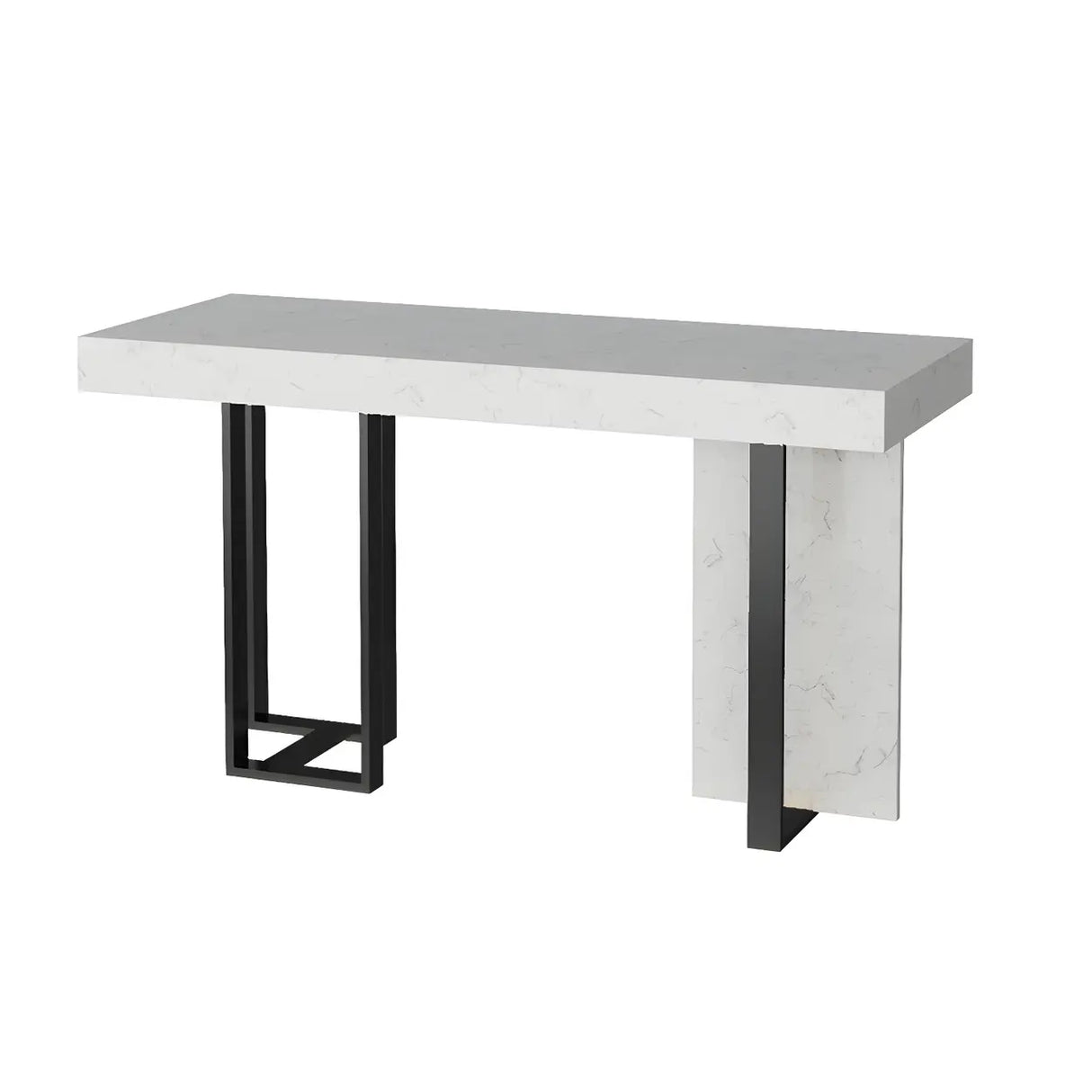



















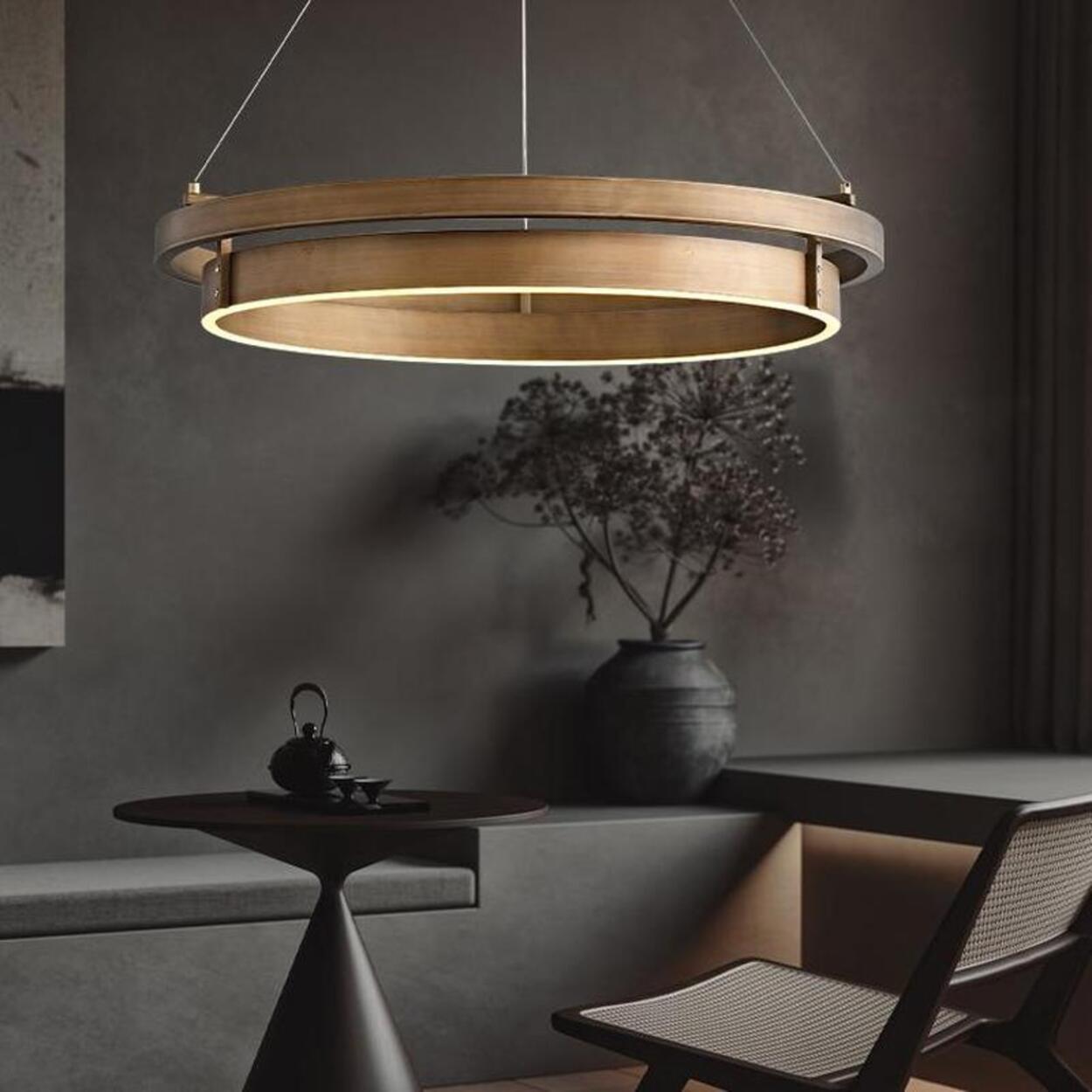
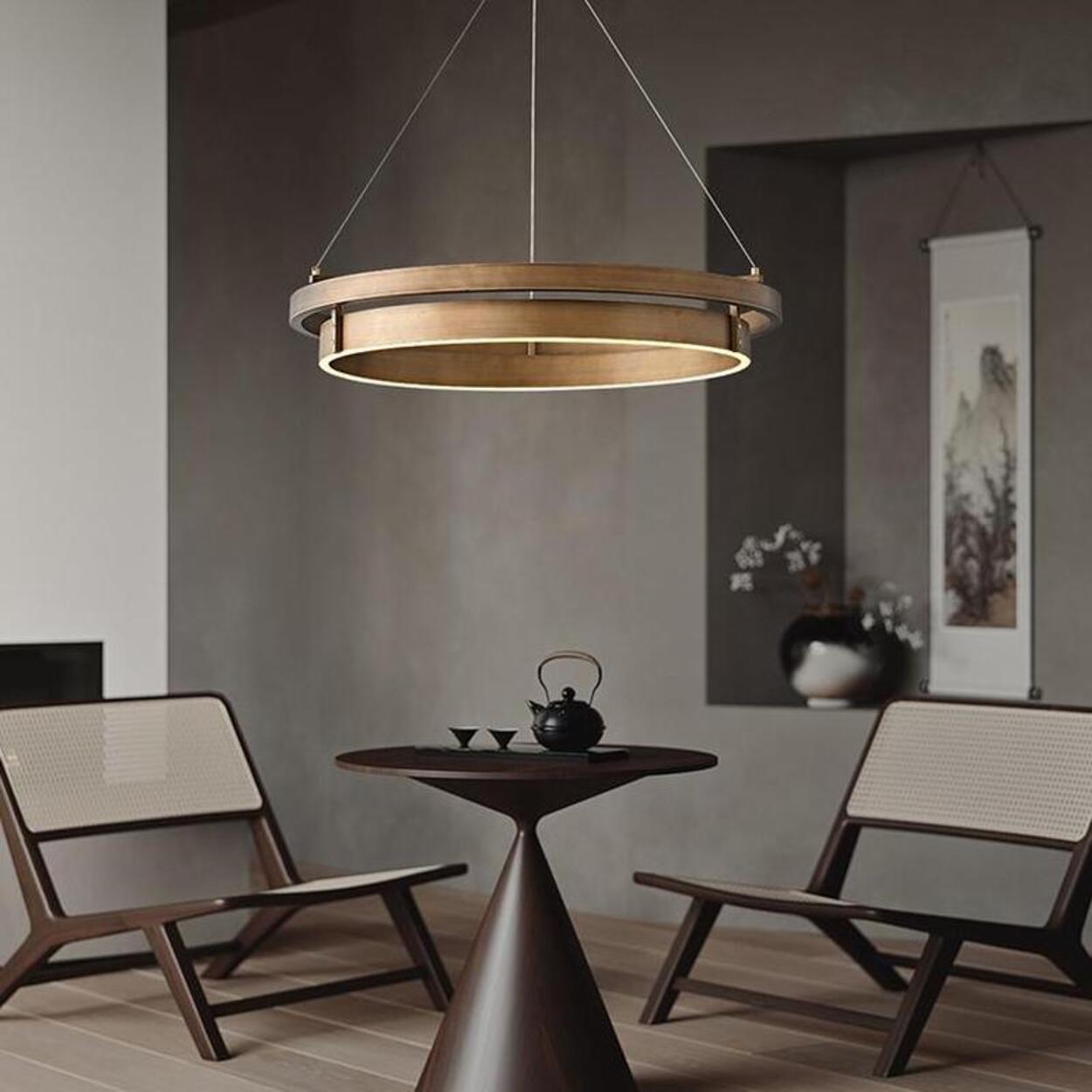


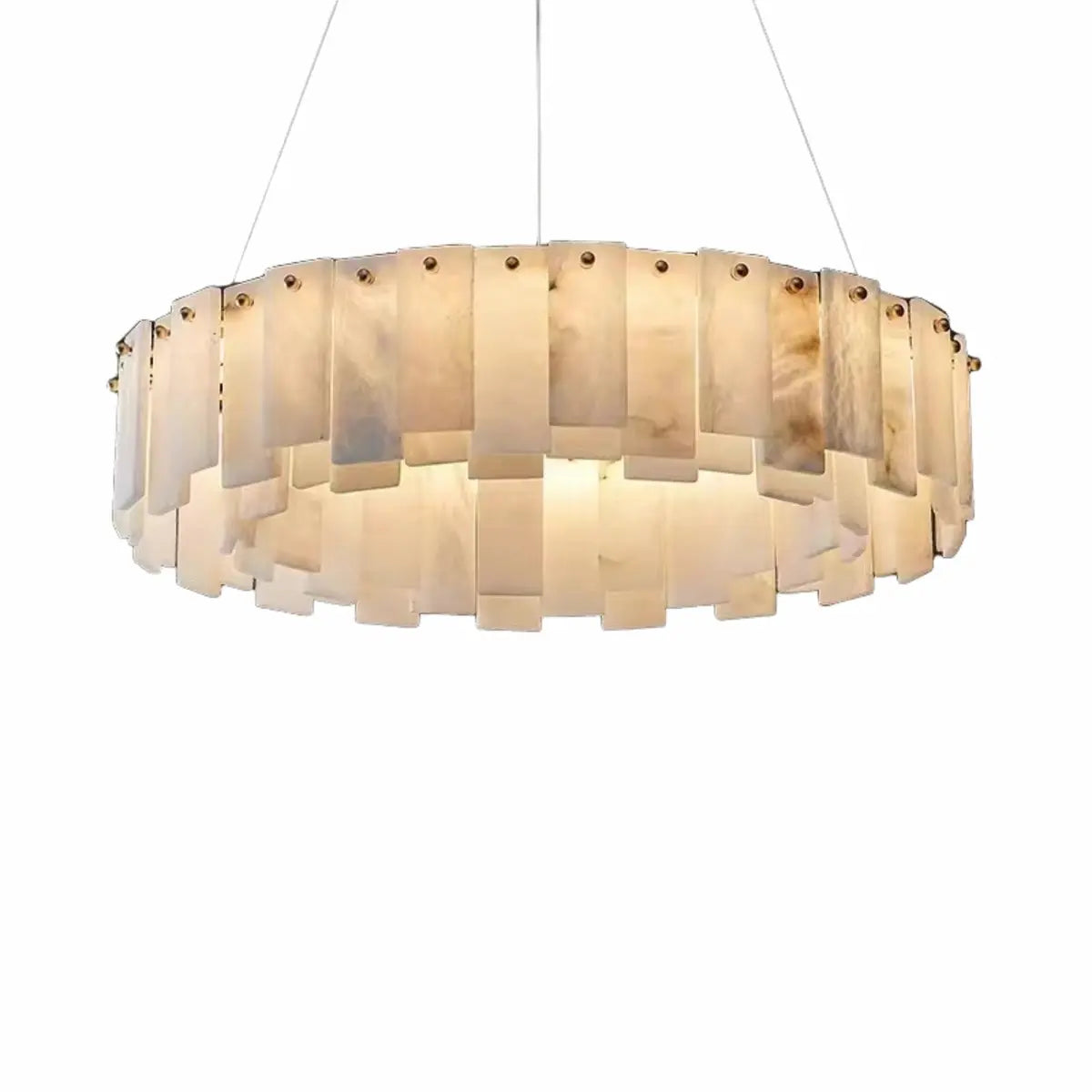
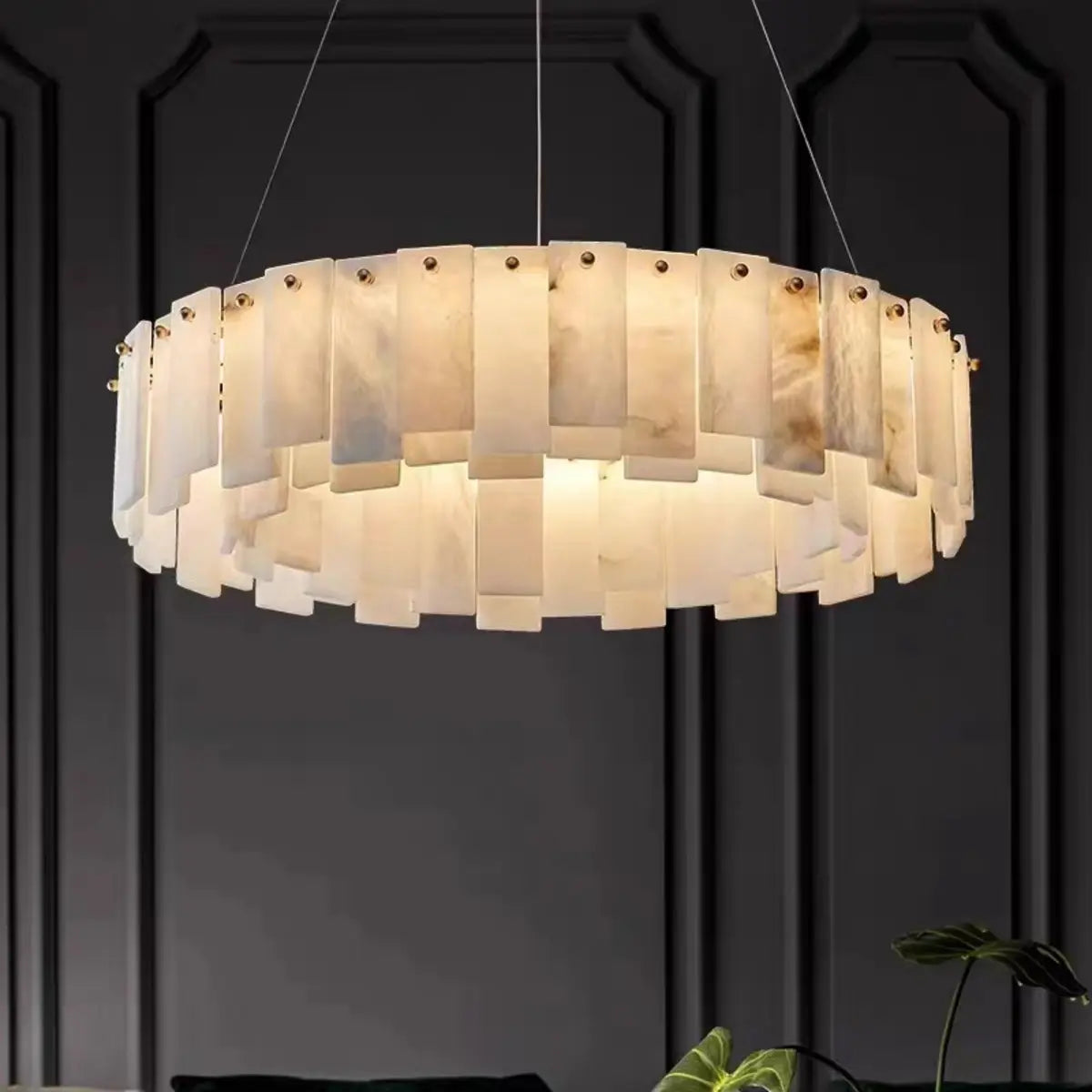






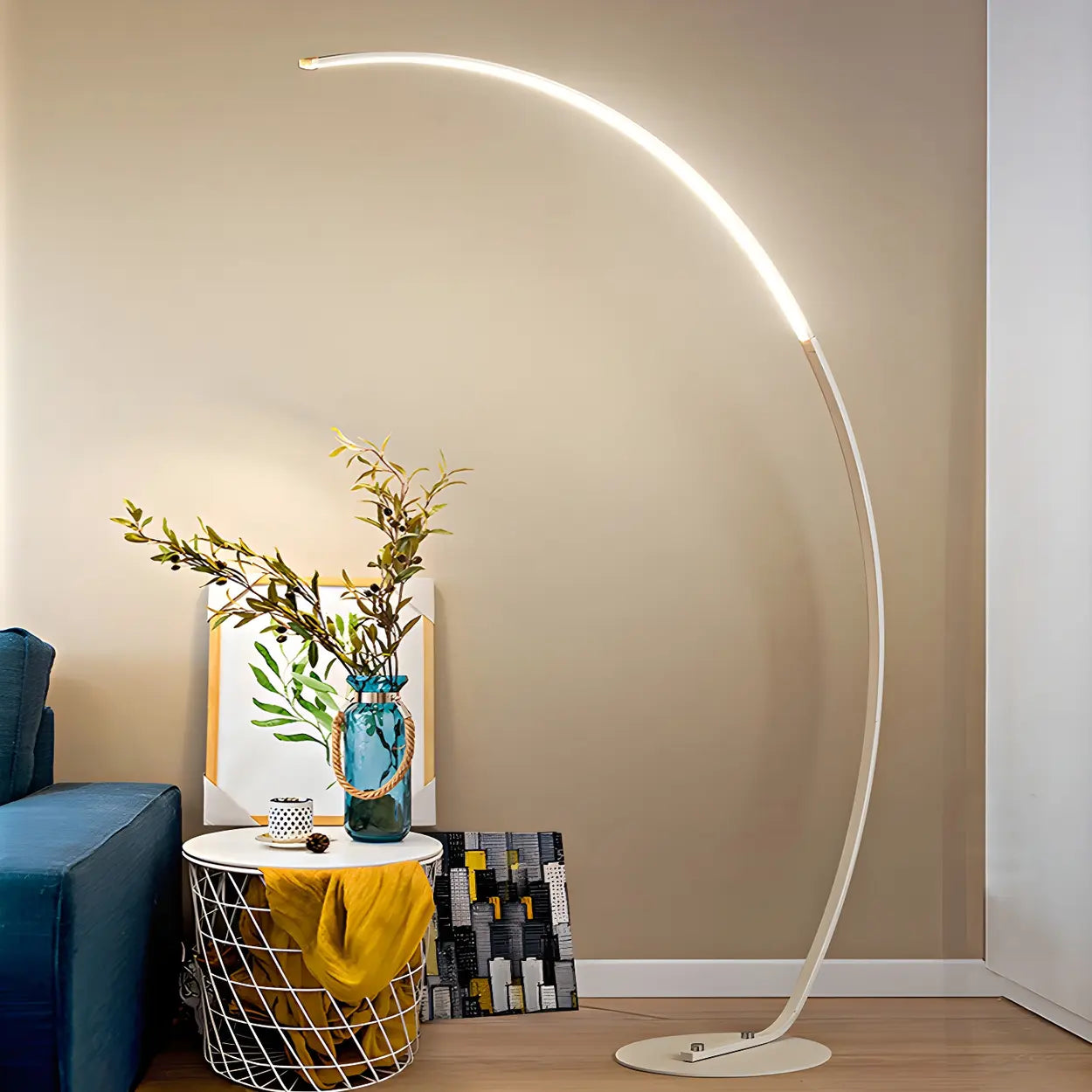
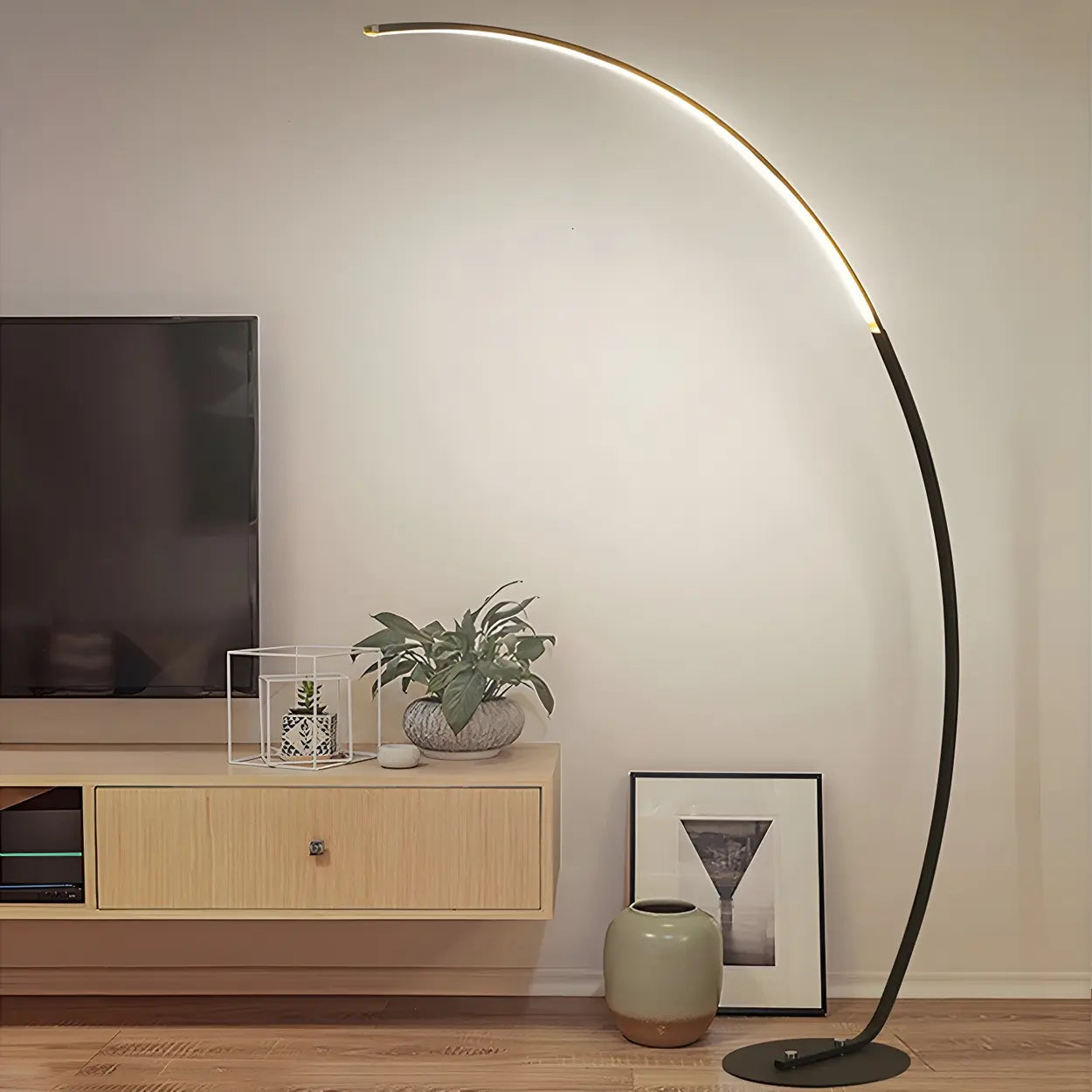

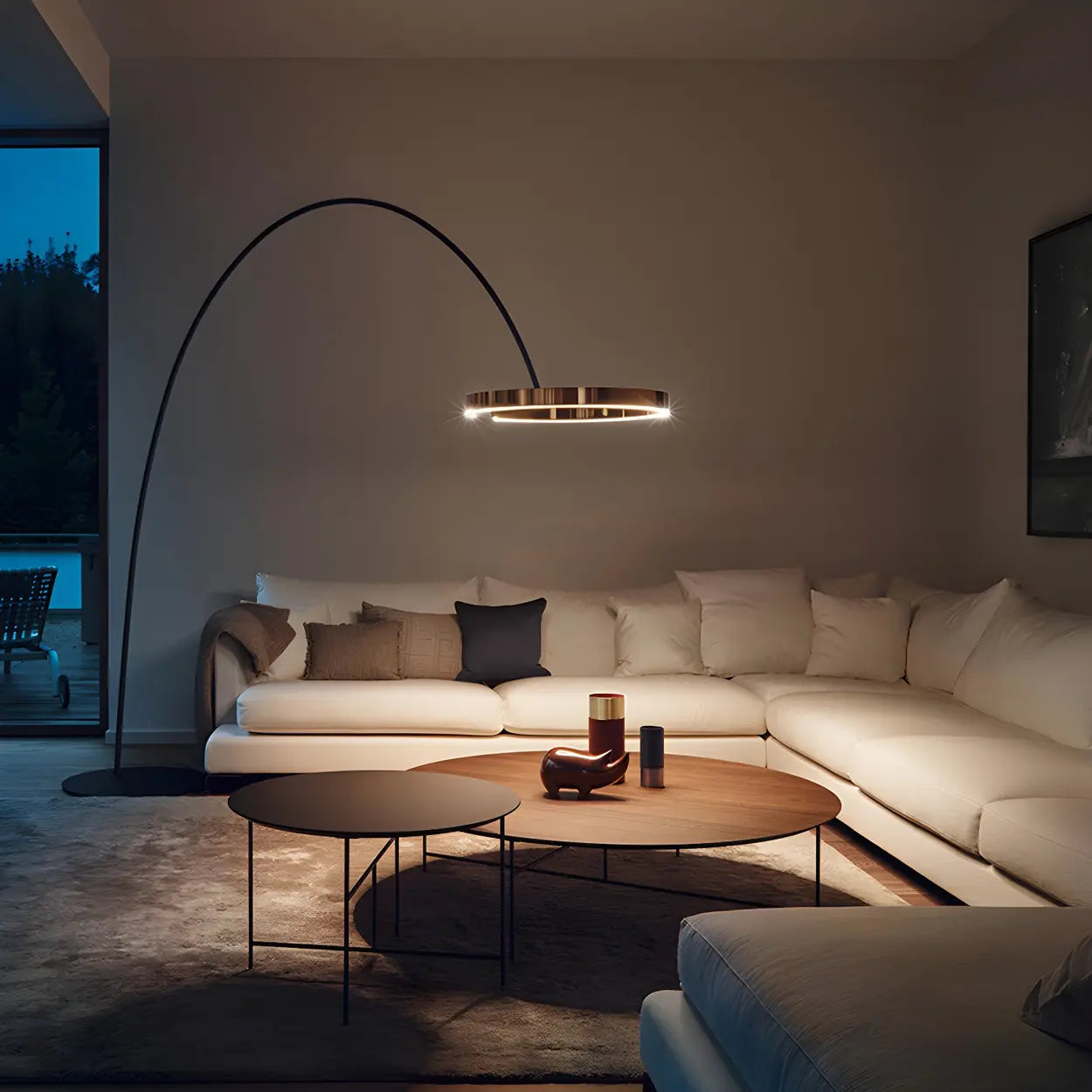
![10 Best Floor Lamp for Reading [2025 Review]](http://www.homebaa.com/cdn/shop/articles/banner_c990b0a4-4743-4902-b6be-5609f7a21a90.webp?v=1747357941)











![How to Choose the Coffee Table Height? [2025 Newest Guide]](http://www.homebaa.com/cdn/shop/articles/coffee-table-height.webp?v=1749523259)


